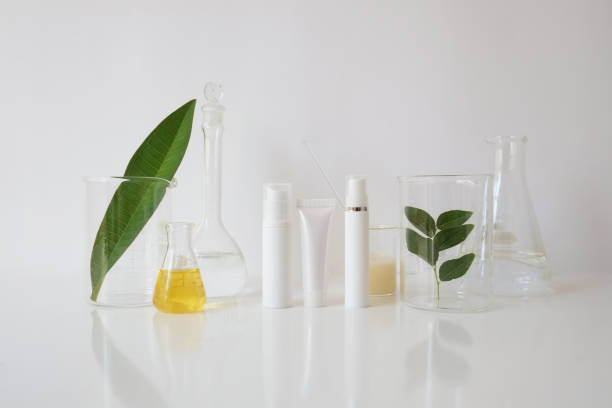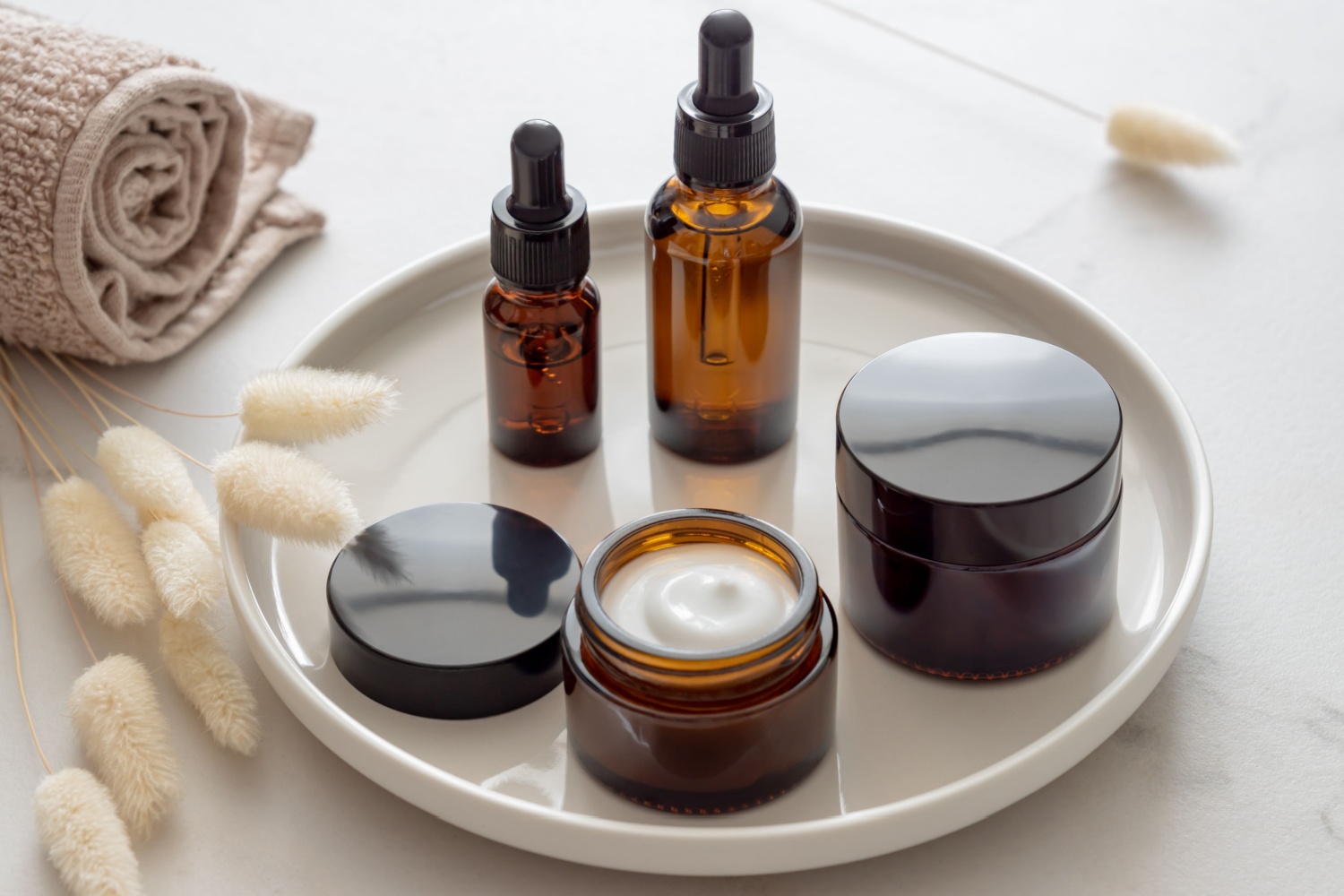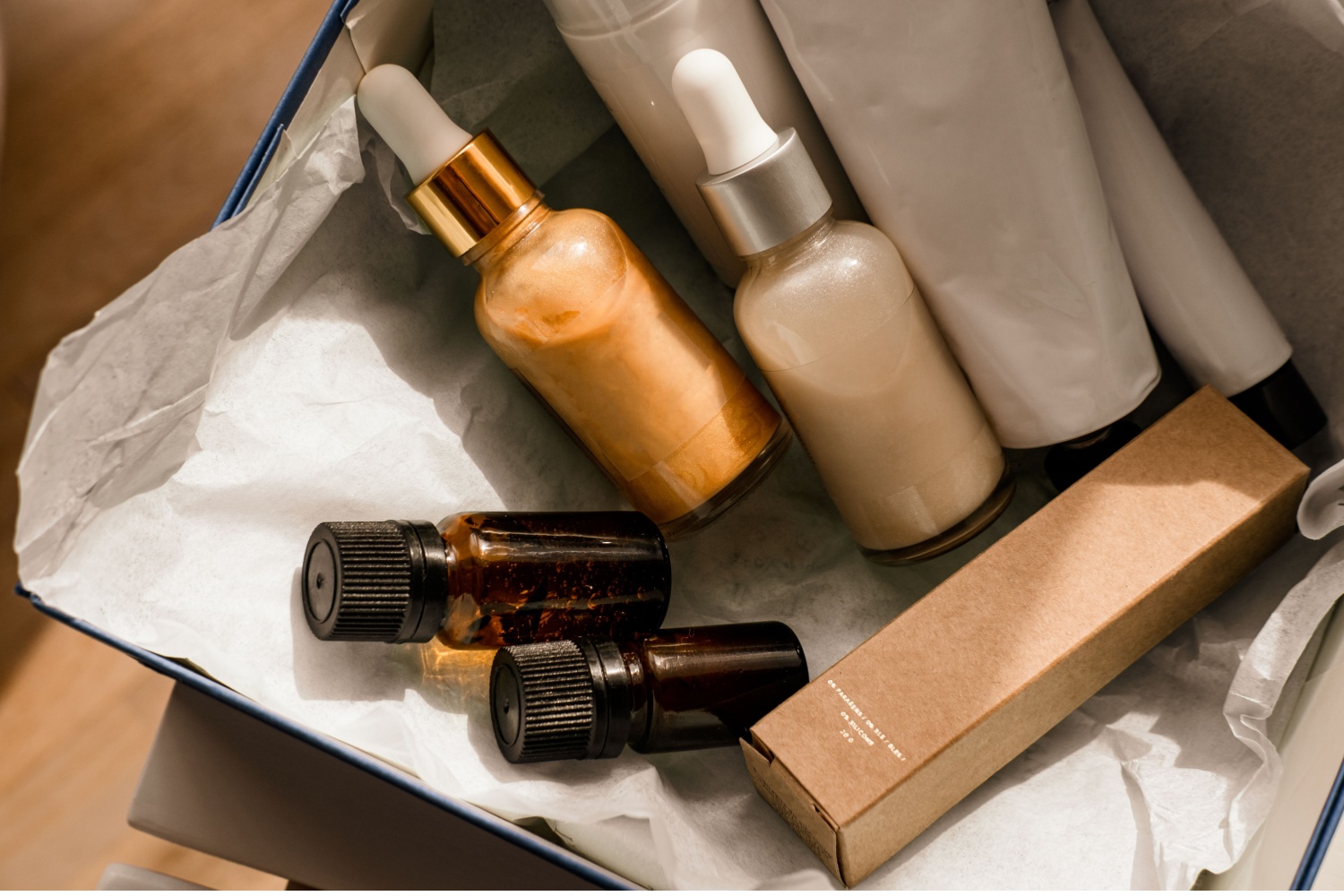The cosmetic packaging industry is thriving well as more and more effective packaging solutions are being used every now and then. Selecting the right cosmetic packaging materials is crucial for product compatibility and protection and it also increases the shelf life of the product.
Not only that, packaging for cosmetic products is also vital for branding and attracting more buyers.This guide covers the factors to consider when choosing packaging materials and the properties of popular options.
6 Factors to Consider When Choosing Cosmetic Packaging Materials
Make sure to pay attention to the below factors when selecting packaging for cosmetic products to ensure product quality, sustainability, and consumer satisfaction.
Product Compatibility
Selecting the right material is vital for preserving the longevity and efficacy of cosmetics. Inappropriate materials may cause unwanted chemical reactions or alter product texture, negatively impacting the user experience.
Consider factors like the product’s formulation, consistency, and compatibility with the container’s sealing mechanism when selecting packaging materials. Plastic, glass, and aluminum are some of the materials commonly used for packaging cosmetics.
Product Protection
The main role of packaging is to safeguard the cosmetic product from outer elements like air, moisture, light, and temperature that might degrade its quality.
Consider the material’s ability to withstand external factors like temperature changes, humidity, and light exposure. Additionally, evaluate its strength and durability to prevent leakage and breakage. The packaging material should be impermeable to external elements to conserve the product’s integrity and avoid any deterioration during transportation or storage.
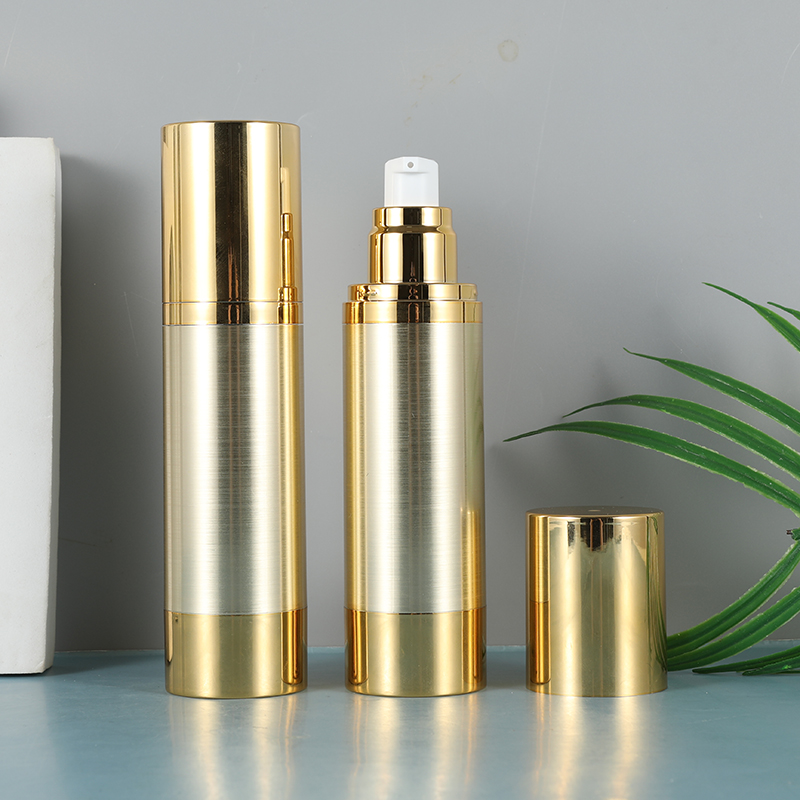
Sustainability
When selecting packaging materials for cosmetics , consider options that are recyclable, biodegradable, or made from renewable resources. Sustainable packaging materials have the ability to increase your business reputation and attract environmentally conscious buyers. Additionally, opt for suppliers that prioritize sustainable, lean manufacturing processes and utilize eco-friendly raw materials.
Brand Image
When it comes to reflecting the brand’s image and identity, packaging plays a crucial role. The packaging material should accurately reflect the brand’s identity, aesthetics, and values, while resonating with the target audience’s preferences.
Consider how different materials, colors, textures, and designs can enhance brand perception and create a cohesive brand experience across various products.
Convenience for Customers
User experience is an essential factor to consider when selecting packaging materials. The packaging should provide ease of use, portability, and functional product dispensing for consumers. Evaluate how the material’s weight, shape, and design contribute to a convenient and enjoyable user experience, ultimately encouraging brand loyalty and repeat purchases.
Cost
Assess the material’s manufacturing, shipping, and storage costs, and consider its impact on the product’s overall price. Opt for cost-effective solutions that align with your brand’s values without compromising quality, aesthetics, or sustainability. However, make sure not to compromise on the quality of the packaging for reducing costs.
Properties of Plastic Packaging for Cosmetic Products
Plastic is a popular choice for cosmetic packaging due to its lightweight, shatterproof, and cost-effective properties, but limitations include non-biodegradability and reduced durability.
Benefits
Plastic cosmetic packaging offers several benefits, including lightweight construction, shatterproof qualities, and cost-effectiveness. These advantages make it a practical choice for a wide range of cosmetic products, from liquids to creams and gels.
Plastic packaging is light in weight, so it is suitable for travel-sized packaging. This benefit is extremely crucial in the cosmetics industry, where travel-sized cosmetic products are famous among buyers. Plastic packaging is shatterproof, which makes sure that products are safe during transportation. It is especially significant for liquid cosmetic products that may dribble and lead to a mess if the packaging is not shatterproof.
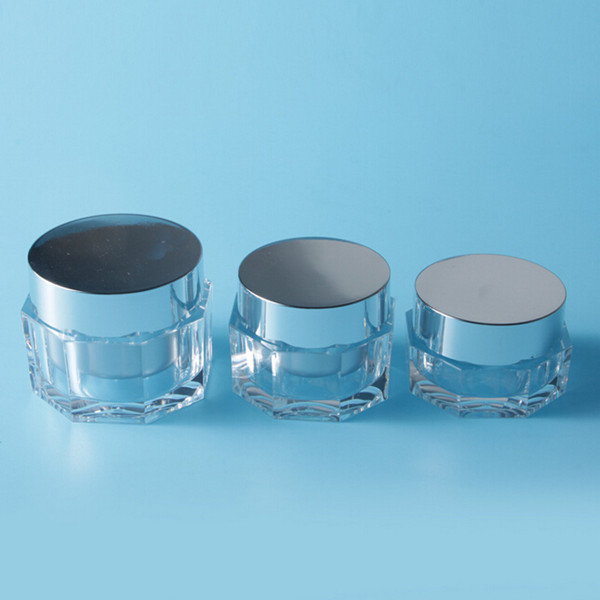
Limitations
While plastic is a popular choice, its non-biodegradable nature contributes to environmental waste and pollution. As it is non-biodegradable, it is likely to become a big drawback for companies that are attempting to lessen their environmental impact in packaging.
Another problem with plastic is that plastic packaging is less strong in comparison to other packaging materials. Thus, it is not possible to use plastic packaging for some cosmetic products.
Additionally, some plastic bottles for cosmetics may be less durable than alternative materials, compromising product protection and user experience. Brands should weigh the benefits and drawbacks of plastic packaging and consider eco-friendly plastic alternatives when possible.
Common Applications
Plastic packaging can be molded into several shapes and sizes, which makes it ideal for products like lotions, serums, and toners, as well as thick products like creams and masks.
Plastic’s flexibility and resilience also make it suitable for gel-like products, as it can withstand pressure without breaking or cracking, ensuring safe and functional packaging.
Properties of Packaging Materials for Cosmetics – Aluminum
Aluminum is a lightweight, durable, and recyclable material often used for cosmetic packaging. Read on to find the properties of aluminum packaging for cosmetic products, its benefits, and limitations along with the most common applications.
Benefits
Aluminum is also one of the well-known choices for packaging cosmetics due to its numerous benefits. One of the major benefits is its lightweight nature, making it simple to handle and transport.
In addition to that, aluminum shows great resistance to air, light, and moisture, which ensures that the cosmetics kept within it are highly protected. This is extremely crucial for cosmetic products that are susceptible to outer factors like oxygen and sunlight. Its recyclable nature makes it a more environmentally friendly choice compared to non-biodegradable materials.
With its sleek and modern appearance, aluminum packaging can also elevate a brand’s visual appeal and perceived value. In conclusion, aluminum packaging provides several advantages, including lightweight construction, resistance to air, moisture, and light, durability, environmentally friendly, and more.
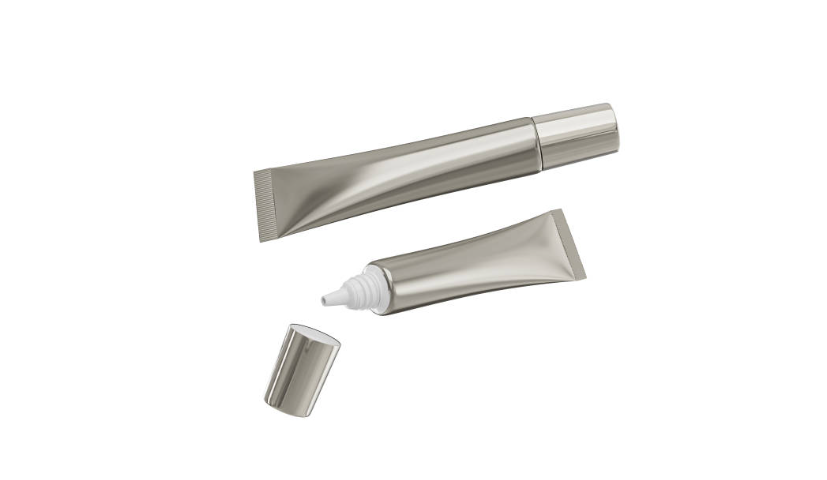
Limitations
Even though there are several benefits, there are also a few limitations to utilizing aluminum packaging for cosmetics. Aluminum cosmetic packaging is generally more expensive than plastic alternatives. This can be a major disadvantage if the businesses can not spend a significant amount of money on packaging.
Apart from that, although aluminum is recyclable, it is not biodegradable, which may be a concern for eco-conscious consumers. Brands should weigh the benefits and drawbacks of aluminum packaging and assess its suitability for their specific product and target audience.
Common Applications
When it comes to the cosmetic industry, aluminum packaging has a broad range of common applications. Aluminum packaging is commonly used for aerosol cans, such as those containing deodorants, hairsprays, and mousse products. It is because of the lightweight character of aluminum which makes this material suitable for aerosol cans.
The durability and barrier properties of aluminum also make it suitable for thick products like creams, balms, and ointments. It provides excellent protection against environmental factors while offering an attractive, high-end aesthetic.
Properties of Packaging Materials for Cosmetics – Glass
Have a look at the benefits of glass packaging, its limitations, and common applications of glass packaging in the following sections.
Benefits
Glass packaging is chemically inert, ensuring product compatibility and preserving cosmetic formulations’ integrity. Because of that, it is suitable for packaging skincare products and other cosmetics that comprise sensitive components. The glass’ chemical stability makes sure that the product stays safe and practical throughout its shelf life.
The premium appearance of glass packaging provides a high-end, luxurious feel, appealing to consumers seeking upscale products. The skincare packaging suppliers can also custom produce containers for packing cosmetics.
Glass is also recyclable, contributing to a more sustainable packaging choice compared to non-biodegradable materials. In addition, glass is a non-toxic substance that will not discharge toxic chemicals during recycling.
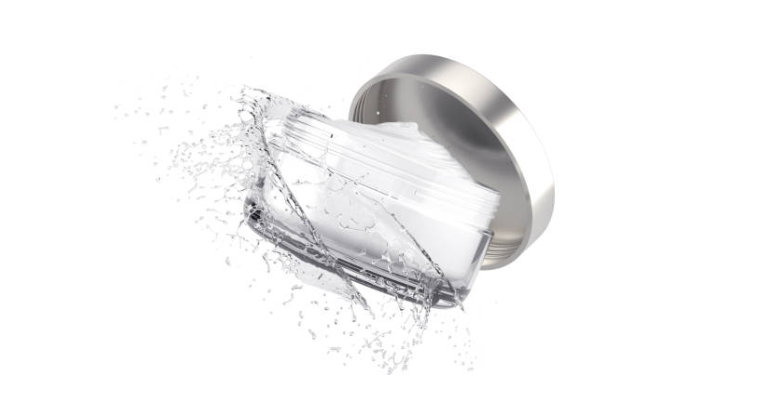
Limitations
Despite its many advantages, glass packaging is typically heavier than alternative materials like plastic and aluminum. Because of that, it is not the best option for shipping and transportation of cosmetic products. Glass packaging is also very fragile and it can break if not handled with caution. Due to that, it is considered not safe.
It is also generally more expensive to produce, transport, and store, which is why some businesses do not prefer glass packaging. Brands should carefully consider the trade-offs associated with glass packaging before making a decision.
Common Applications
Glass packaging is well-suited for thick products like creams, serums, and balms, as well as high-end cosmetics that benefit from a luxurious appearance. Its chemical inertness and barrier properties make it an excellent choice for preserving product quality.
Cosmopacks: Provide High-Quality Packaging for Cosmetic Products
Cosmopacks is a trusted cosmetic packaging supplier offering a wide range of packaging materials, including plastic, aluminum, and glass. With a focus on providing environmentally friendly options, Cosmopacks also offers recycled packaging made with eco-conscious raw materials.
In addition to supplying high-quality cosmetic packaging materials, Cosmopacks provides comprehensive design services, helping brands create visually appealing and functional packaging that aligns with their unique identity and values. They provide OEM solutions with low MOQ.
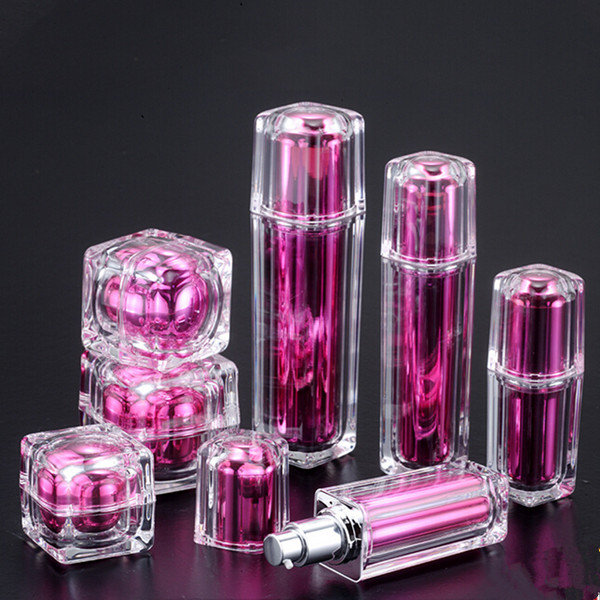
At Cosmopacks, there are about 30+ sets of injection molding machines to make custom packaging solutions. We make sure to produce high-end packaging solutions with about a 98% quality rate. We have a first-class standard workshop and follow sustainability and lean manufacturing practices.
Conclusion
Choosing the right cosmetic packaging materials is essential for product compatibility, protection, and brand appeal. By understanding the properties of popular materials like plastic, aluminum, and glass, and considering factors such as sustainability, cost, and consumer convenience, you can make informed decisions for your cosmetic packaging needs.
Cosmopacks is your trusted partner for high-quality cosmetic packaging materials and design services. Get in touch with Cosmopacks today to receive a personalized quote and elevate your brand with the perfect packaging solution.

